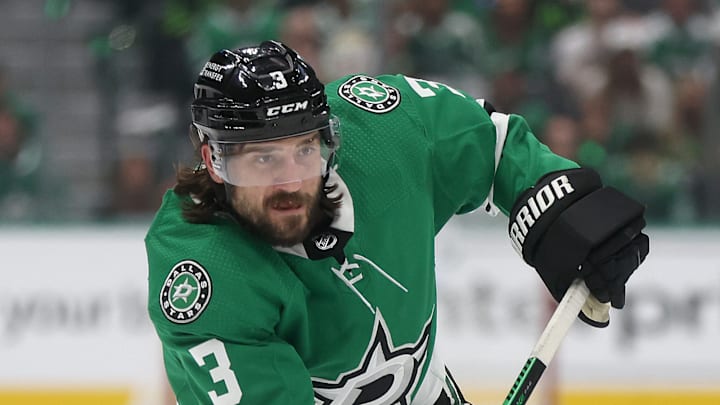Oliver Ekman-Larsson, LHD
Contract: Four-years, $3.5 million AAV
At one point, OEL was one of the games premier puckmovers, a consistent 15-20 goal and 40-50 point player.
Now, he is a solid depth defender who played quite well in a third-pair sheltered role with significant powerplay time on the Cup winning Florida Panthers.
Apparently, Treliving and Co. liked what they saw and decided to lock him up on a long-term contract.
It is unclear why OEL was given as much term (four years) and a not-insignificant caphit at $3.5 million.
In Toronto, he will likely play a second or third pair role with limited powerplay time, likely fighting Timothy Liljegren for secondary PP minutes.
His puckmoving ability is welcomed of course but the Leafs could have gotten a player like Erik Gustafsson or Shayne Gostisbehere who signed for two years at $2 million AAV and three years $3.2 million AAV instead.
Ekman-Larsson will be 33 by the start of next season and as history has shown, betting on a player longterm who is already well into his thirties and on the decline is not the smartest investment.
